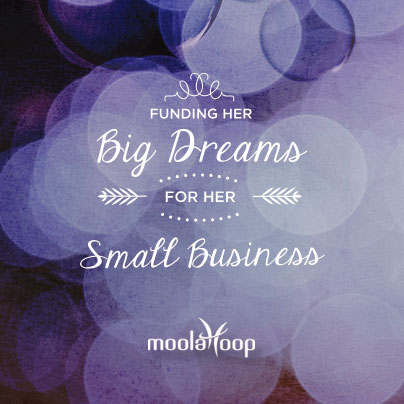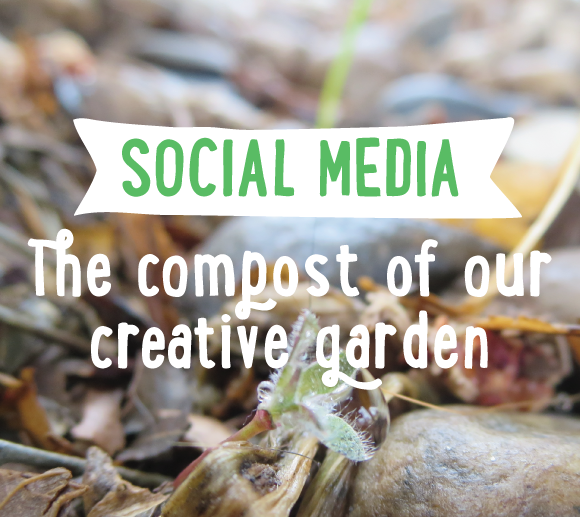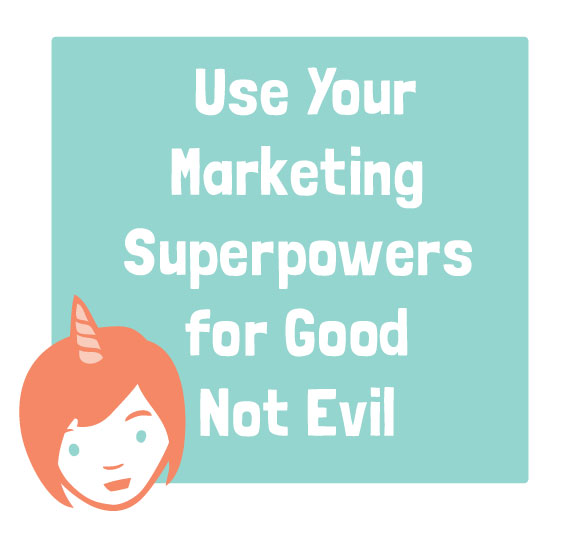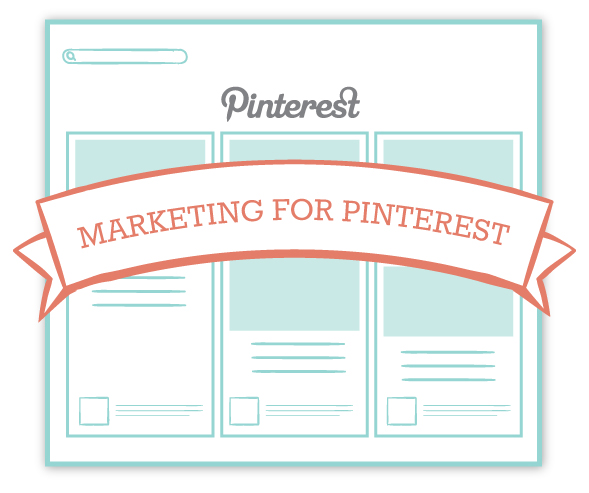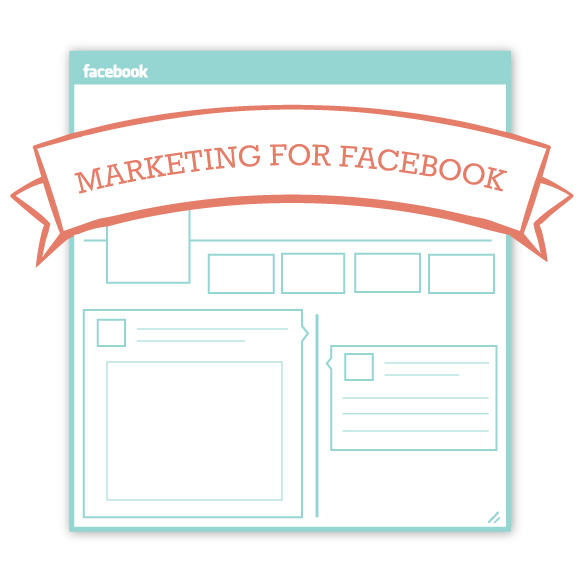Crowdfunding has become an increasingly popular approach to raise funds in support of a project to grow your business. Rewards-based crowdfunding, where you solicit pledges from your customers, family and friends in return for special deals on your product or service, is appealing as a debt-free way to raise capital. But there are also other benefits. Not only does using your … [Read more...] about How to Run A Successful Crowdfunding Campaign to Grow Your Business
Marketing
Social media: the compost of our creative garden
I know, it might be a gross comparison, but they have more in common than you think. Compost is essential to the survival and success of your garden. Social media is essential to the survival and success of most creative businesses. Too much compost produces phosphorous which becomes a pollutant in your garden, and similarly, you can often find yourself sucked into social … [Read more...] about Social media: the compost of our creative garden
Ethics in Marketing: Use Your Marketing Superpowers for Good Not Evil
Ever notice yourself with credit card in hand about to buy an insanely expensive unicorn horn warmer? Something you clearly don’t need since you live in the tropics, but you purchase anyway? Marketing at its core is persuasiveness. The ability to make your customer feel understood, liked and excited. In the wrong hands though it is kryptonite, uranium and a really stabby … [Read more...] about Ethics in Marketing: Use Your Marketing Superpowers for Good Not Evil
Marketing for Pinterest: Must Haves in Every Pin
Part 2 in a series - read Marketing for Facebook here! Pinterest is hot! But before we even get to that point I know you’re thinking, “I’m on Facebook, Twitter and Google+. Social media already overwhelms me…do I need to be on Pinterest too?” I think so, here’s why: Pinterest is referring more web traffic to websites than some of the other platforms combined! Pinterest is … [Read more...] about Marketing for Pinterest: Must Haves in Every Pin
Marketing for Facebook-What to Do About Fans Seeing Fewer Posts
Facebook admits it. Fans are seeing fewer posts. They do have good reason for this; Facebook wants to maintain the quality of the Newsfeed (which personally I think most of us want too). In 2012, I mentioned that fans were seeing fewer posts. Studies of 4,000 Facebook Pages showed that only 17% of fans saw any given post, but now that has dropped quite a bit. The … [Read more...] about Marketing for Facebook-What to Do About Fans Seeing Fewer Posts

